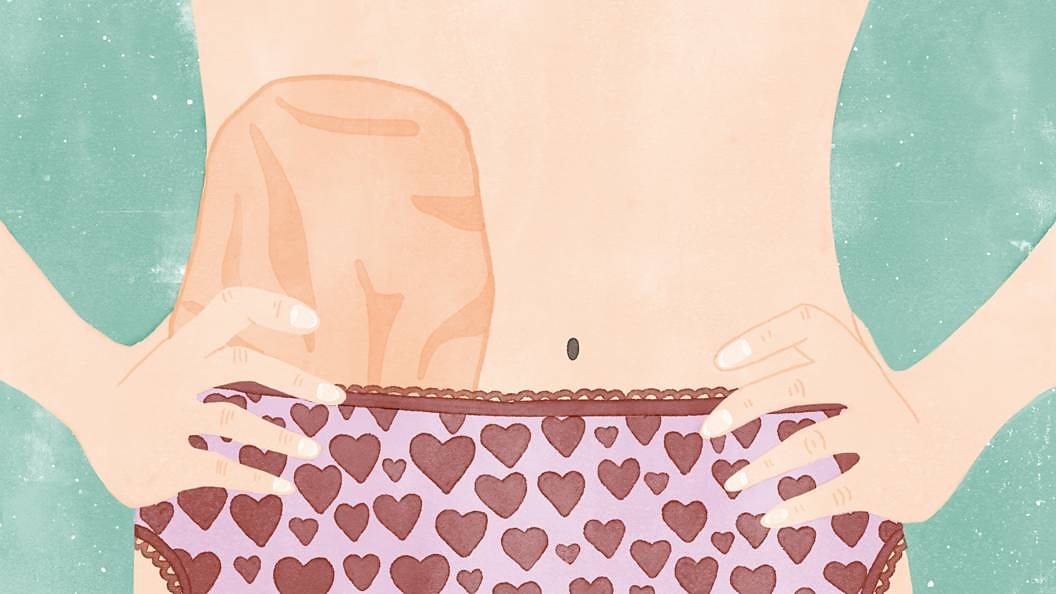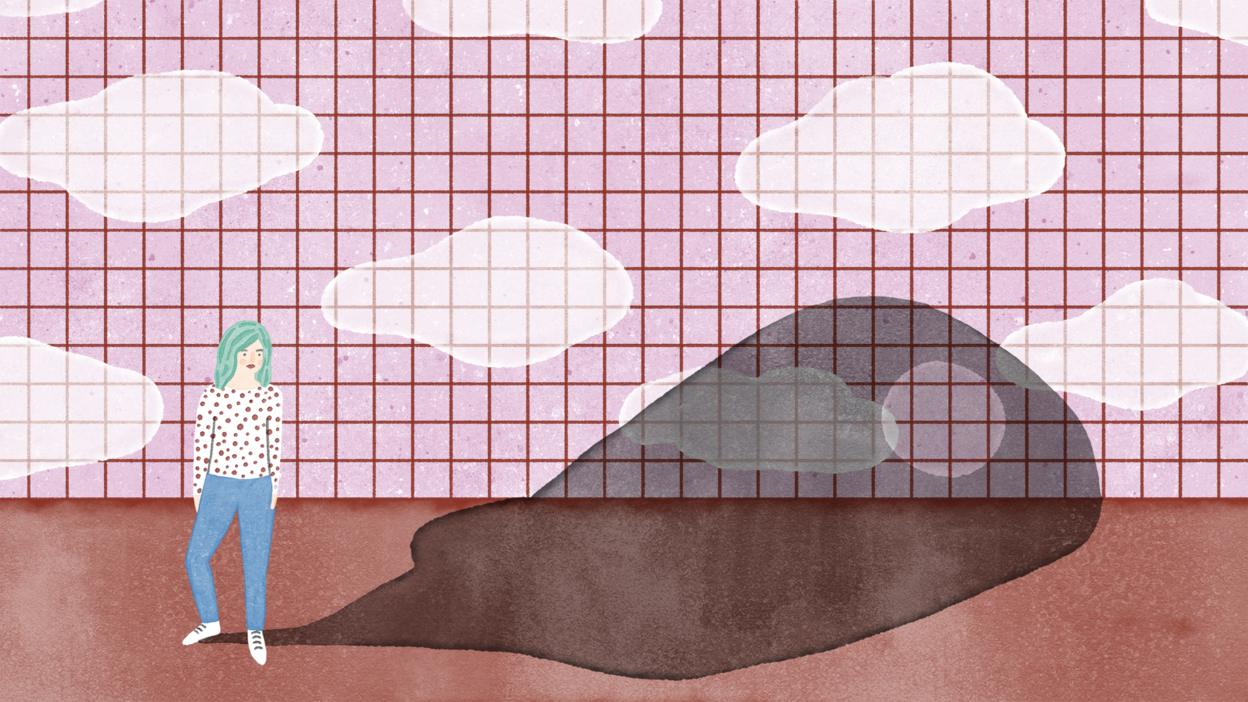What it's really like to get a colostomy bag in your 20s

- Published
I love having a colostomy bag.
Donât believe me? Iâm serious. I can even poop while driving⊠talk about the ultimate multi-tasking device.
And I can guarantee that my teenage self would be cringing at the very thought of being anywhere near one. Now, if I could go back in time and speak to my teenage self, Iâd give her a slap and tell her to stop being so judgemental about something she had no idea about. But thatâs hindsightâŠ
I had ostomy surgery in my early twenties. Today, Iâm in my very, very late twenties (okay, Iâm 30) and I still maintain that it was the best thing that could have ever happened to me.
My symptoms of Crohnâs disease had been sporadic for a few years, but they really cranked up a notch between 2006 and 2009. Despite losing over half of my bodyweight, being malnourished, feeling exhausted all the time, losing blood and experiencing excruciating pain, I just ignored all the symptoms and told myself, âitâll go awayâ.
SPOILER ALERT: It didnât go away. In fact, it got worse.

By March 2010, I was in theatre having two sections of my colon removed. Remember those symptoms I was ignoring? Well it turns out that the Crohnâs disease had become so severe it had weakened the lining of my bowel. As a result, my colon perforated after a colonoscopy and so I had to have ostomy surgery.
This resulted in the surgeon creating a stoma â a surgical opening where the bowel is brought through the abdominal wall and sewn in place â to basically re-route the digestive system. The ostomy bag is then worn over the stoma to collect the âoutputâ (yes, Iâm talking about poo).
I started off with two stomas: an ileostomy (small intestine) on my right and a mucous fistula on my left. I lived with these two stomas for six years until , when they reconnected some of the bowel, so now I just have one stoma â a colostomy (colon/large intestine).
Initially, I hated my stomas. Couldnât look at them. Didnât want to know how to look after them, or how to change the bags. I wanted to ignore them and hoped they would go away.
I couldnât imagine leaving the house, or going back to work. I was completely hung up over whether I could wear the same sorts of clothes I used to, especially seeing as all I wore in hospital were pyjamas. It was only when my symptoms began to subside that I was able to finally accept that this surgery was a good thing - because I was getting healthy again.
I soon got the hang of all the practicalities too, and the concerns I had about what clothes to wear and the worries about leaving the house soon disappeared â I was able to get back to âa normal lifeâ, whatever that means. The turning point was when I went back to work and started socialising again - it almost felt like nothing had happened.
That being said, there have certainly been ups AND downs. There are bad days where you might have a leak, or experience sore skin under the bag, or have to deal with embarrassing sounds or smells. But these are all manageable - there are products out there to help with all those things (though sometimes it can take a while for people to find the right products for them because every stoma, just like every person, is different).

For me, however, the good days always outweigh the bad ones. My best ever day was my wedding day. I still felt like a beautiful bride, despite having two ostomy bags underneath my wedding dress. After all, if it wasnât for my ostomy surgery, I wouldnât have even survived to see my wedding day.
But back in 2010, I felt very alone as a young woman who had to wear ostomy bags. In hospital, I was surrounded by older women, and all the advice I was receiving back then was very clinical, about stoma management and how to order supplies. I needed advice that was aimed at me as a person, not just aimed at a patient.
Allow YouTube content?
This article contains content provided by Google YouTube. We ask for your permission before anything is loaded, as they may be using cookies and other technologies. You may want to read and before accepting. To view this content choose âaccept and continueâ.
I started about my experiences because I figured if I could help at least one person who may be going through something similar feel less alone, then maybe I was making a difference. It turns out that there was more than one person going through a similar experience.
There was a whole community starting to branch out on social media, and over the last few years it has become a fantastic support network - not just âostomatesâ like me, but associations (eg. , , ) - and manufacturers of ostomy bags are also providing advice and support.
Nowadays, having a stoma is just another part of who I am. Itâs not a huge deal to me like it was in the beginning. In the same way that I need to wear glasses to see, the colostomy bag is just another device to help me live my life. And thereâs no chance in hell that Iâm going to let it stop me from being the person I want to be.